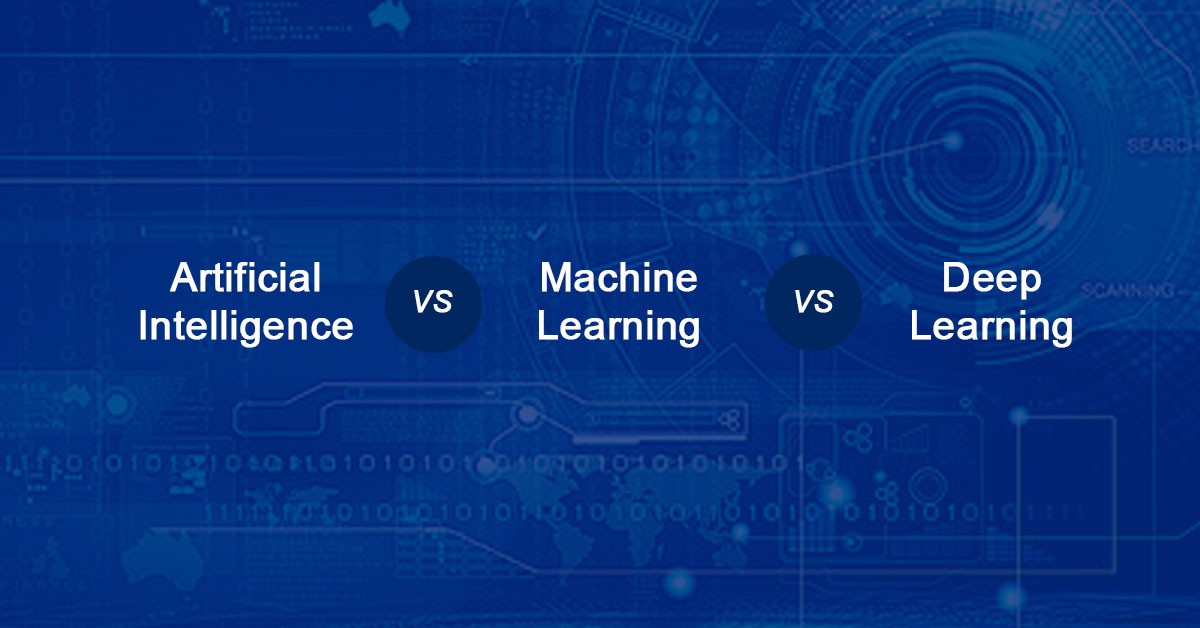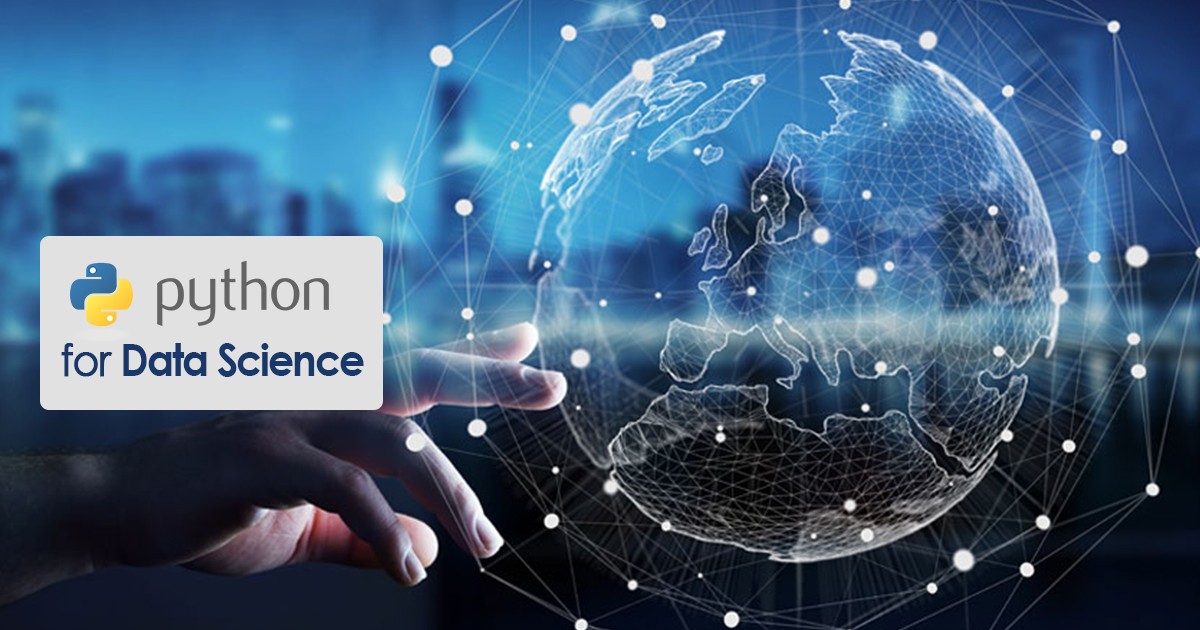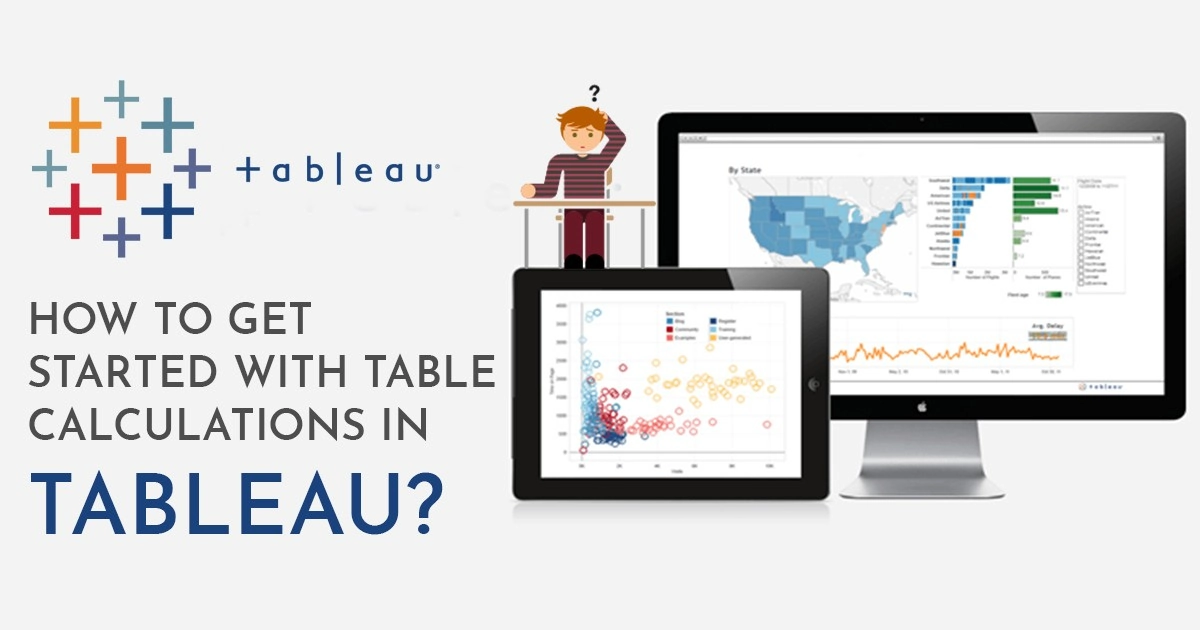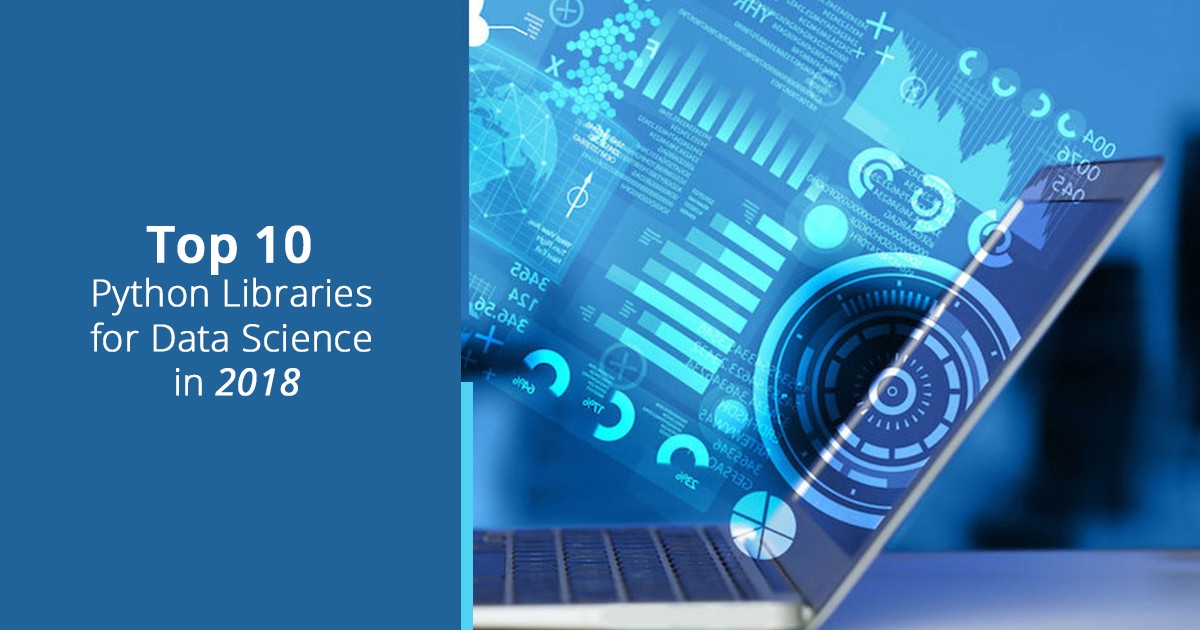Defining Artificial Intelligence (AI)
AI is the most comprehensive way to think about the best of advanced computer intelligence. At the Dartmouth Artificial Intelligence Conference held in 1956, AI was suitably described as:
“Every aspect of learning or any other feature of intelligence can in principle be so precisely described that a machine can be made to simulate it.” It can range from a computer program playing chess or a voice-recognition system like Alexa by Amazon that is capable of speech response and interpretation.
AI can be put into three major categories:
Narrow AI- Deep Blue that has been developed by IBM, which had defeated Garry Kasparov, the chess grandmaster, in 1996 or Google Deep Mind’s AlphaGo, that defeated Lee Sedol in 2016, are some of the examples of narrow AI. Narrow AI means that it is trained to perform one particular task.
Artificial General Intelligence (AGI)- This is human-level AI that can do a wide range of jobs.
Super-intelligent AI- Superintelligent AI is taking a step ahead. Nick Bostrom puts it simply- “an intellect that is much smarter than the best human brains in practically every field, including scientific creativity, general wisdom and social skills.” It is when machines outsmart humans.
Defining Machine Learning (ML)
ML is a subfield of AI. The core principle of ML is that machines learn by themselves by taking data from various sources. Presently, it is considered to be one of the most promising tools of the AI kit that is suitable for businesses.
ML systems are capable of fast application of knowledge and getting trained from large sets of data to be able to do tasks like speech recognition, facial recognition, translation, and object recognition with ease and efficiency. ML allows machines to make predictions based on the recognition of complex data sets and patterns. This is what makes ML different from hand-coding a software program that requires specific instructions for task completion.
What separates machine learning from expert systems and the various knowledge graphs is its capability to change itself when it is exposed to more and more data- machine learning by itself is dynamic and therefore does not require any human intervention for making certain changes. This makes it less brittle and much less dependency on human expertise.
Arthur Samuel who is one of the pioneers of machine learning, in 1959 defined machine learning to be a “field of study that gives computers the ability to learn without being explicitly programmed.” This meant that machine-learning programs are not ‘fed’ into a computer, but they adjust themselves and respond accordingly to the data that they are exposed to.
“Learning” in machine learning essentially means that the Machine Learning algorithms optimize along a particular dimension- minimize errors and maximize the truth in their predictions. Since the algorithm has a particular objective, there are three associated names- error functions, loss functions, and objective functions. One can easily get a gist of its value by simply asking about its’ objective function.
How is error minimized? One solution is by building a framework that is capable of making correct guesses through multiplication of inputs. Different outputs are a result of the algorithm and the inputs. The initial guesswork is usually erroneous unless there are the ground-truth labels related to the input.
These only will allow the measuring of the wrong guesses, compare with the truth and then use the deductions to modify the particular algorithm. This is exactly what neural networks do – a continuous measuring of errors and modification of parameters. Neural networks are therefore optimization algorithm. If these are tuned correctly, errors are minimized by a continuous process of guessing and re-guessing.
Defining Deep Learning
Deep learning is one of the subsets of machine learning. Whenever the term deep learning is used, it is generally referred to the deep artificial neural networks, and at times of deep reinforcement learning. Deep artificial neural networks are algorithm sets are extremely accurate especially for problems like sound recognition, image recognition, recommender systems, etc.
A few examples would be – deep learning is a part of DeepMind’s popular AlphaGo algorithm, which had beaten former world champion Lee Sedol at Go in 2016, and the current world champion Ke Jie in 2017. Deep is a technical term referring to the layers of the neural network. A superficial network has a single hidden layer, and a network that is deep has multiple layers. These hidden layers are the layers that allow deep neural networks to acquire data features from a feature hierarchy.
This is due to the fact that simple features recombine from the existing layers to form complex features. Intensive computations form the basis of deep learning, and this is why GPUs are in great demand- to provide training in the deep-learning models.
Deep learning can also be defined along the lines of machine learning- it is a specific field of study that enables computers to ‘learn’ without being programmed to do so. It is also good to add that in case explicit programming is added, it would only result in greater accuracy. Extra training time, hardware would help in an exceptional performance on machine perception tasks involving unstructured data like texts or blobs of pixels.
Machine Learning, Deep Learning and Artificial intelligence are in rage today and are often used interchangeably, more so in the precinct of AI. These are definitely not the same and it is absolutely necessary to understand the arguments between Deep Learning, Machine Learning, and Artificial intelligence.
Artificial Intelligence vs Machine Learning vs Deep Learning
The concept of Artificial intelligence is broader than that of machine learning, the latter uses computers to imitate the cognitive human functions. Artificial intelligence, therefore, can be defined as machines carrying out various tasks based on algorithms in a perfectly intelligent way. Machine learning is a subset of AI and its’ focus lies on the capability of machines to not only receive data sets but also learn and relearn for themselves, change the algorithms according to the information that they are processing.
Neural networks help in the training of computers to think like humans. These networks are a series of algorithms that are modelled basis the human brain. Just like the human brain is able to recognize patterns, classify and categorize information, neural networks work in a similar fashion for computers.
In the way that the brain is able to process information, neural networks do the same by labelling and categorizing information. We as humans often try to compare similar items so that it becomes easy and better for us to comprehend, neural networks work in the same way but for computers.
Deep learning delves a level deeper and is often considered to be a subset of machine learning. It is also referred to as “deep neural networks,” due to the involvement of innumerable layers. A neural network may consist of a single layer of data; a deep neural network can possibly have one, two or more. These layers can be viewed as decision trees or nested hierarchy of interrelated concepts. The answer to one query leads to a set of deeper related questions.
Deep learning networks need to visualize large quantities of items to be trained. Instead of being programmed with the edges that define items, the systems learn from exposure to millions of data points. An early example would be of Google Brain learning to recognize cats after being shown over ten million images. Deep learning networks do not need to be programmed with the criteria that define items; they are able to identify edges through being exposed to large amounts of data.
Machine learning is a sub-discipline of Artificial Intelligence and today it is much in demand since it is able to provide relevant tools that the society needs to bring about change. One might possibly think of Deep Learning to be the ‘cutting edge of the cutting-edge’.
Machine Learning takes the core ideas of Artificial Intelligence and uses them to solve real-world issues. It is here that the neural networks come into play as they are designed to imitate the human decision-making ability. Deep Learning focuses on a subset of ML techniques and tools and then applies them to solve any problem that requires the quality of human ‘thought’.
While discussing about Artificial intelligence vs machine learning vs deep learning, one needs to understand that data lies at the heart of everything. Whether it is an algorithm that is being used or machine learning or artificial intelligence, one aspect is certain: if flawed data is being used, the extracted information and insights would most definitely be flawed.
Algorithms can be flawed quite like the humans that they are replacing but more the usage of data more is the scope for flaws. Therefore data cleansing becomes critical. Data cleansing is defined as the process of correcting and detecting inaccurate or corrupt records from a table, record set, or database and deleting/ modifying irrelevant/incorrect data.
According to the Crowd Flower Data Science report, data scientists need to cleanse data though it is not something that they enjoy doing. A major part of their time is spent in data cleansing since the output needs to be trustworthy and this can only happen when data is cleansed.
Are you inspired by the opportunities provided by Machine Learning? Take up a Machine Learning Course to take your career to the next level.


















